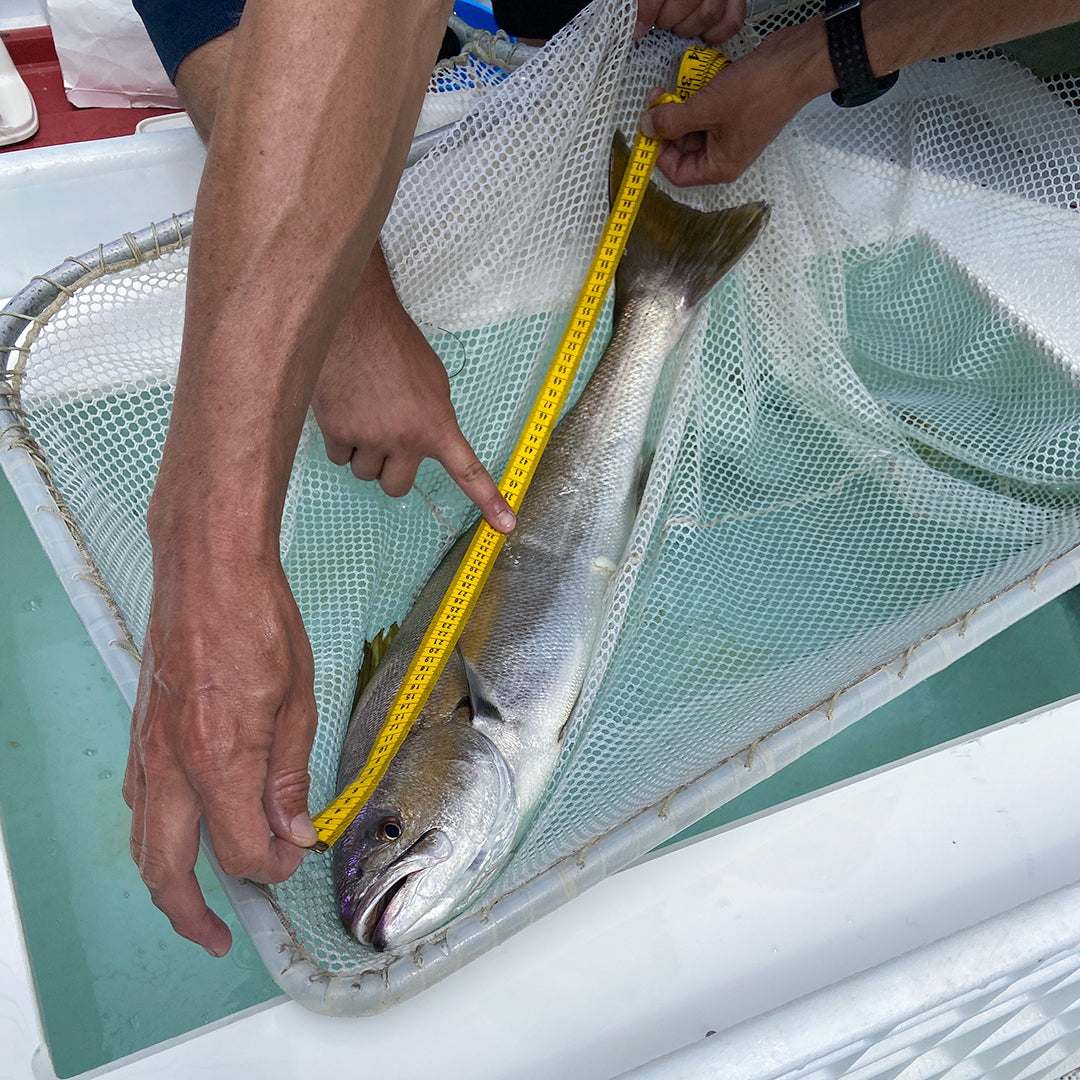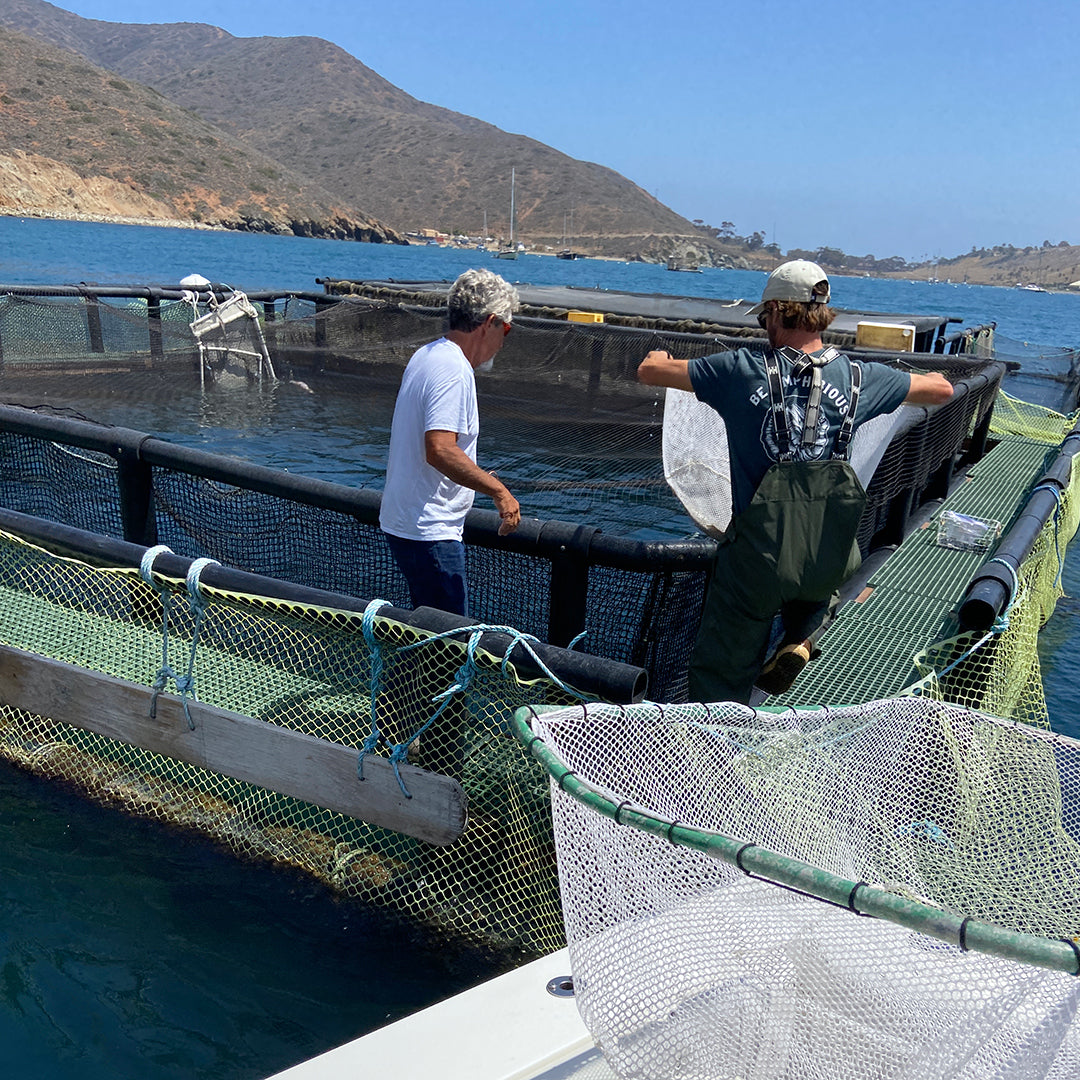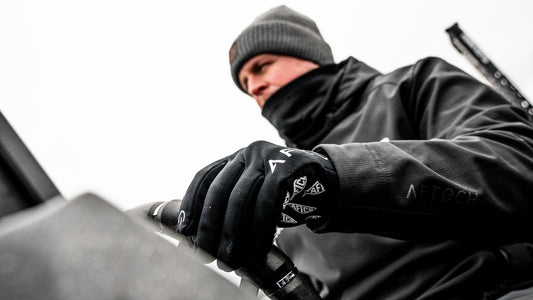
White Seabass Hatchery Adds 50 New Broodstock
The recent study showing success in HUBBS Seaworld Research Institute’s (HSWRI) program releasing white seabass has led to much interest in the program and many wondering where does HUBBs get there white seabass from?

What is Broodstock?
A broodstock is a population of mature adult fish that are kept in captivity to breed for the repopulation of a wild stock. HSWRI has holding pens on Catalina Island, California where white sea bass can be kept before transferring to the main location in Carlsbad Ca. The Carlsbad hatchery has the capacity to hold around 200 white seabass and has the resources to spawn fish and hatch eggs.
How are Broodstock Fish Caught?
For over 20 years the boat Kea Kai, with owner and CCA CAL member Jock Albright, caught most, if not all, of the needed white seabass broodstock. In recent years, his son Charlie has stepped in to help. In 2021, they caught 27 broodstock that were transported to the HSWRI hatchery in Carlsbad. With the recent genetics study showing more hatchery fish in the wild population than previously believed, there is now a need to collect a greater number of broodstock. For 2022, a goal of collecting 50 white seabass was set by the HSWRI. To help meet that goal, Jock and son Charlie stepped up bigger than ever. The entire sportfishing community owe a big debt of gratitude to the Albrights. Also in 2022, AFTCO tackle production manager and CCA CAL member Dave Elm added his boat, the Rastafish, to the program. On July 14th 2022, Dave and the Rastafish crew caught the 50th white seabass to meet the 2022 broodstock collection goal.

Both collection boats used for collecting white sea bass were equipped with a specific tank to keep the fish alive. They also needed to plan their fishing areas to be within a quick boat drive to one of the Catalina fish-holding pens because the fish can only be kept in these smaller tanks for around 1 hour before needing to be transported to a larger holding pen. This is quite the restriction because, as we all know, fish swim and may not be in close proximity to a fish pen. Along with this, to make sure the fish have the highest probability of surviving, depth restrictions are considered. The fish need to be caught from shallow water so that they do not experience barotrauma.
The Procedure
White Seabass is Measured and Placed in a Transport Tank

Electronic PIT Tag Inserted to Identify Each Hatchery Fish

White Seabass Checked for Coded Wire Tag

HSWRI Biologist Records Data

White Seabass Released in a Pen on Catalina Island.

Where Does AFTCO Come In?
In 1964, Milt Shedd founded Hubbs-SeaWorld Research Institute, the year before he founded SeaWorld. In the late 1970s, he started the White Seabass Hatchery program. It was with the realization that we as humans need to find ways to build up the stocks of species that we heavily fish. Fast forward to 2014, after inspiration from CCA's work in Texas, Milt Shedds Son Bill Shedd, current CEO of AFTCO, helped form CCA California with California industry leaders. AFTCO's support of CCA has helped CCA become the major sportfishing community leader for the white seabass hatchery program. Recently, CCA has played a major role in supporting HSWRI with the White Seabass Head Collection Incentive Program.






